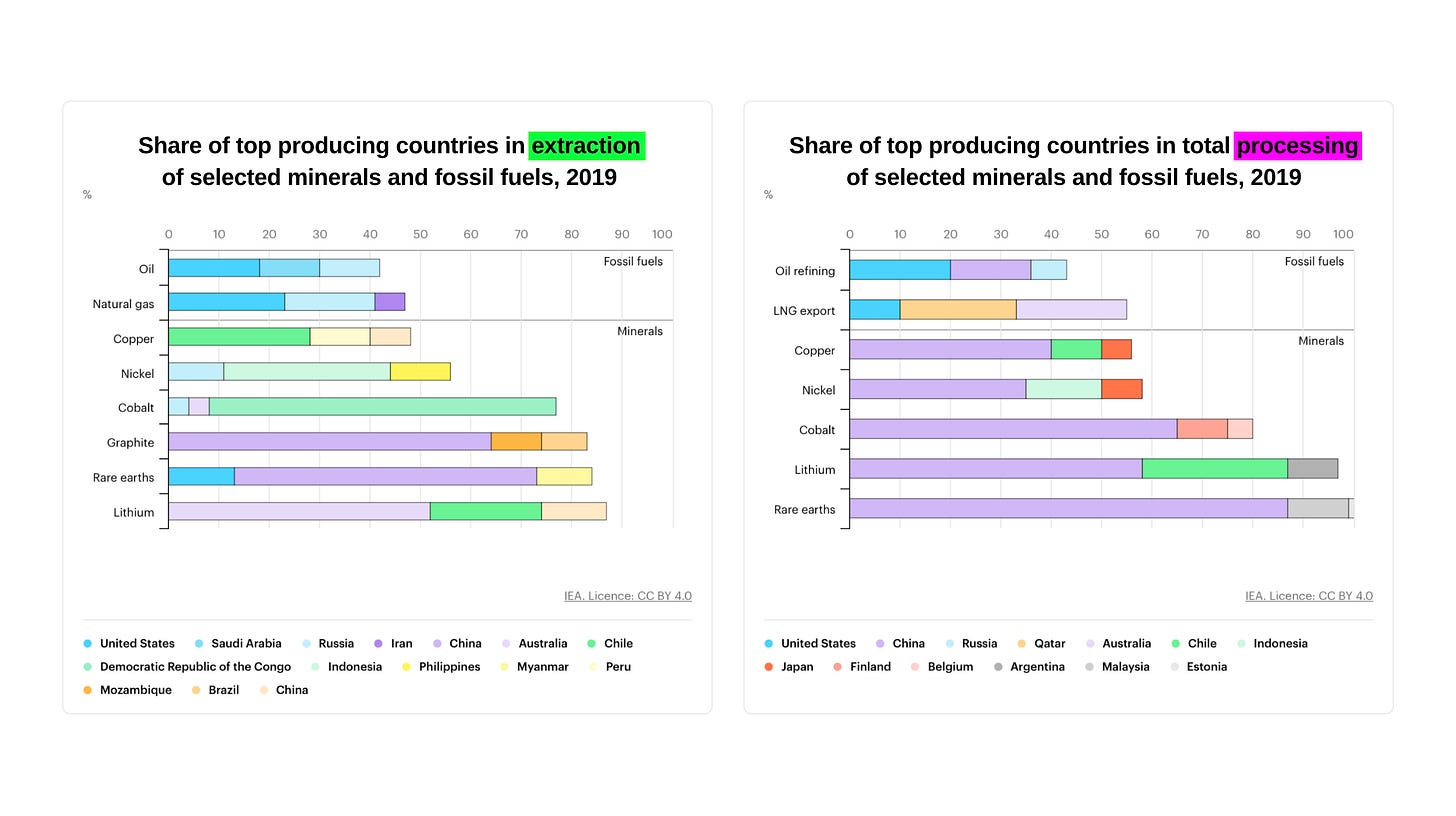Minecraft, but it's biomining (!)
The multifaceted problems of an increasing demand in energy-transition metals, e-waste accumulation, and the multi-billion-dollar opportunity to solve them through biomining
Yeah, LK-99 was hot for a week or two. It’s like Ron Weasley trying the Wingardium leviosa and getting it wrong… but you know there’s something as huge and ancient as the Stonehenge stones, still burning AF, and could make or break all of your solarpunk dreams?
Now that I have your attention 😈…
Your smartphone and laptop, the Tesla you wish you had enough money to buy or the Nissan you already have, MRIs and X-Rays for exceptional healthcare, electricity networks, military equipment for who knows what, photoluminescence, and the millions of solar panels, wind turbines, and nuclear reactors that the UN somehow expects the world to adopt by 2030 to reach our climate goals—they all depend on a kind of metals called Rare Earth Elements (REEs) + Lithium (Li), Iron (Fe), and steel (Fe-C).
And guess what! We are not nearly as close to meeting the demand for these in the next couple of years, let alone the demand according to the UN’s goals. Not only that, but mining is currently a very energy intensive and environmentally unfriendly industry, contributing with up to 8% of CO2 emissions, seriously polluting our water bodies, and posing very interesting geopolitical—even interplanetary 🛰️—questions.
Sounds familiar? I found it ironic: we think of EVs and renewable energies as *the* solutions that will move us away from petroleum… but if we dig deeper into the problem, we find ourselves still digging holes in search for white and silver, as opposed to black gold1.
Is there any chance that technology even more ancient than this industry can satiate our cravings for metals sustainably, perhaps boosting a ‘neo-metallum’ era??? 👀
The first “metal-eating” microbes were isolated and characterized in the 1920s, biomining has been in use to extract uranium since the 60s, and in fact, over 15% of copper has been biomined annually since the 90s.
Wait but why?—you ask.
The short version is that, at a low price and good enough specificity and yield, these microbes can eat the ores encapsulating our precious REEs. Although this has mostly been used in downstream processing of the ores, an ideal case would be to substitute the archaic use of explosives with in-situ biomining so we can get our preciousssss, just like Gollum.

It is about time to show you, in 3 simple sections, a bit more of what I’ve learned:
The Solar Minecraft Map: resource-rich countries, China’s leadership, and extending outside of Earth = the problem and opportunity.
How TF microbes eat metals: how mining currently works, an atom or two on the science of biomining and companies in the space = status quo and potential solutions.
Bottom line: the questions I did not get to answer here but you—yes, you—may have the answer?
The Solar Minecraft Map
SO! If you want the long version, our friends at IEA have one of the most comprehensive reports I found. If you want the TLDR: production and processing of >75% of minerals and some REEs is concentrated with only 3 producers. Can you guess who those are?
It doesn’t take a magnifying glass to notice how centralized these supply chains are in comparison to other commodities like oil and natural gas. Though this is especially true on the processing end, I would like to spotlight countries like Chile and the Democratic Republic of the Congo, and certainly China, that are home to a large portion of these metals.
Lithium
China does not only possess large quantities of Li. They have invested themselves in being the world’s leaders in low-cost production of EVs, batteries, solar panels, and wind turbines; they are sealing (buying?) multi-million-dollar agreements with countries like Kenya, who are to get a $666 m data center in exchange for permission to explore and exploit REEs and other resources; they are even expanding their research in Antartica, maybe hoping that the Madrid Protocol that forbids mining in the region expires in 2048 (let’s make sure it doesn’t!).
If we just focus on Li, the map looks like this:

Bolivia, Chile, and Argentina form the “Lithium Triangle”. In Argentina, a 3% fee on the cost of the mineral extracted is charged to foreign companies for their operations, out of which provinces only receive 15% and the federal government stays with the remaining 85%. In Chile that amount can go up to 40%. Though these countries can also benefit by ensuring the creation of new jobs, nothing ensures the economic capital from these activities is not used corruptly, as has happened in Africa.
Keep reading with a 7-day free trial
Subscribe to Biopunk to keep reading this post and get 7 days of free access to the full post archives.







